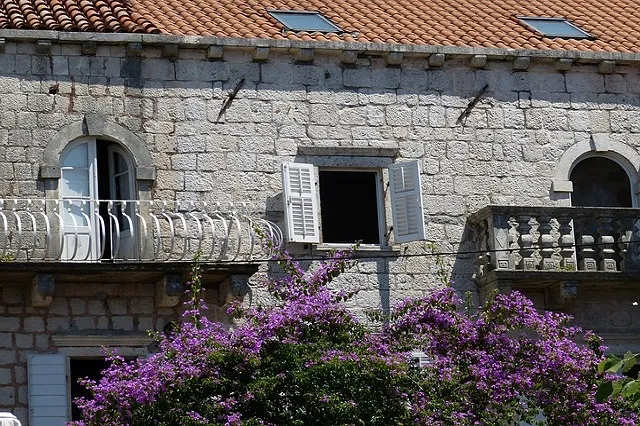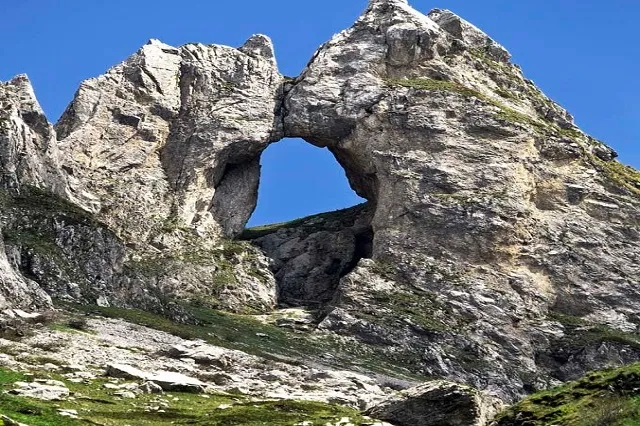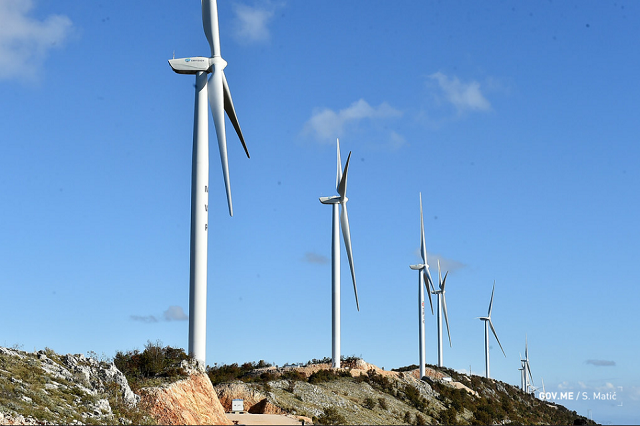 Crnogorski
Crnogorski English available languages
English available languages
Credit Rating Rating of Montenegro 2020 (S&P; Moody’s)
Credit Rating Rating of Montenegro 2020 (S&P; Moody’s)
Credit rating agencies Standard & Poors and Moody’s re-affirmed Montenegro’s B + / B and B1 ratings, respectively, with stable country outlook.
Credit rating agencies Standard & Poors and Moody’s re-affirmed Montenegro’s B + / B and B1 ratings, respectively, with stable country outlook. Analyzing developments in the country, analysts at these credit agencies welcomed the path of development of Montenegro, estimating that the growth rate of the Montenegrin economy will exceed their expectations and that in 2019 it will be around 3.8%, while potential growth in the medium term will be 3.5%. In addition, the reports state that, despite the weaker growth prospects of the European economy, which will also affect the slowdown in Montenegro’s growth rate, economic growth will remain strong in 2020.
The high growth rates are the result of a strong contribution from the tourism sector, with 20% more revenue than in 2018, as well as growth in the construction sector. The reports welcomed the implementation and implementation of a number of projects in the energy sector, including the modernization of power plants, together with the production of electricity that has an increasing focus on environmental protection and investments in solar and wind power plants. It is estimated that positioning Montenegro as an energy hub in the region will enhance its competitiveness and export potential.

In addition, it is stated that the continuation of significant private investments in tourist resorts will increase the capacities in the south and the north of the country, which will result in a higher degree of diversification and regional connectivity, higher household consumption, and ultimately contribute to greater economic growth.

Montenegro’s long-term potential was assessed as favorable, with the continued significant inflow of foreign direct investment (FDI), which is largely represented in the tourism and energy sectors. As estimated in the reports, FDI inflows will amount to about 10% of GDP annually. In addition, Montenegro’s credit potential is further strengthened by the prospect of our country’s accession to the European Union, accompanied by the strengthening of institutions.
In light of the implementation of the structural reforms necessary for Montenegro to become an EU member, the Government’s efforts to implement a large number of measures have been welcomed. Accordingly, reports have focused on measures aimed at curbing the informal economy such as electronic taxation and improved revenue collection.

In addition, the main risks in the coming period, which were recognized by both rating agencies, are predominantly related to the further construction of the remaining sections of the highway project and the possible effects on the fiscal position of the country.
 Crnogorski
Crnogorski English available languages
English available languages
